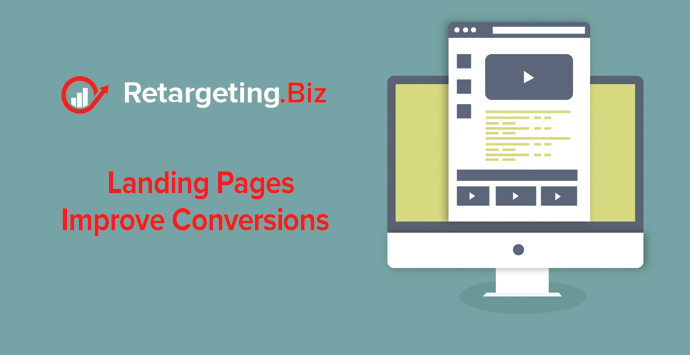According to Marketo, approximately 96% of visitors that visit your website are not ready to buy.
What does this mean?
Well, it means that 96% of visitors that you spent time and your hard-earned money to bring to your website leave without doing anything. Not even a click on a button, no filling of a form and no conversion whatsoever!
That’s a dead end of any hope of conversion, right? Not exactly!
Here’s some good news.
According to a study, retargeted ads produce a 726% lift in website visitation after 4 weeks. And you know what’s better? “Retargeting can increase conversion rates by 147%.”
Retargeting (also known as remarketing) ensures that there is no flat conversion line after a visitor leaves your website. This marketing strategy ensures that your visitors don’t forget your value proposition even after leaving your website, and click to get it as soon as the time is right for them.
This article will give you a comprehensive account of what retargeting is and the things it can do for your conversion rates.
What is retargeting?
You know how you sometimes feel that certain ads are stalking or tracking you? All you did was search for a pair of boots some days back and since then it appears that whatsoever website you are on, you see the same boots staring at you, screaming, “buy me, buy me!”
That particular ad is a remarketing ad, and stalking is exactly what these campaigns are created to achieve:
They call back a visitor who’s gone astray because, you see, sometimes a buyer’s journey is not linear.
Remarketing or retargeting helps you keep your brand in front of your prospects even after they have wandered away from your website — convincing them to revisit your offer later when they need it.
Why Do Your campaigns need a landing page?
Your retargeting campaigns need a landing page for exactly the same reason your PPC campaigns require landing pages – to maintain ad message match.
Your landing page should serve 2 main purposes:
- It gives the visitor what they expect to see after clicking your ad (i.e aligning your content with user expectations). If your ad promises quality information, you had better deliver. If your ad promotes a limited time sale, you had better deliver.
- It supports your marketing goal. If your goal is to sell a product, you should send users to a page that sells that product. If your goal is to increase mailing list opt-ins, then you should use a landing page designed to squeeze emails. Make sure to know your specific marketing goal and tailor your campaign around it.
Don’t be afraid to test multiple landing pages.
The main thing to keep in mind is that alignment is key. Your landing page should align with your target audience’s needs as well as the ad you use to reach your target audience.
Landing pages allow you to eliminate all distractions and clutter from your offer. When a visitor eventually decides to re-engage with your brand, he sees exactly what he anticipated to and not get lost in the clutter known as lack of message match.
A landing page would perform much better than a homepage as it contains the necessary information, which enables the visitor to get to know the brand before he clicks the Call To Action button.
On which page do you think your web visitors should land when they click a particular ad you created for a specific purpose? An optimized landing page of course!
Homepages are usually cluttered, whereas landing pages are targeted to promote a single offer.
In conclusion, retargeting gives you the second chance at increasing your conversion rate. Don’t waste it by directing your visitors to a page that isn’t designed for conversions — such as a cluttered homepage.
Visit Retargeting.Biz today and let’s create your professional landing pages in minutes. Your conversion rate will thank you.

